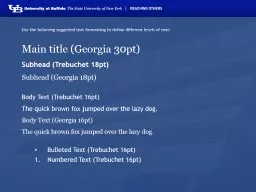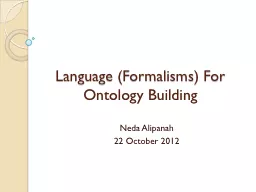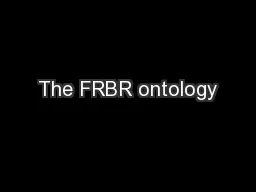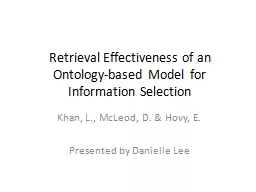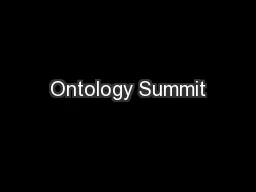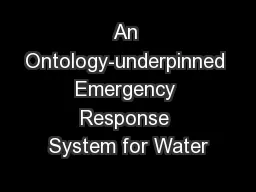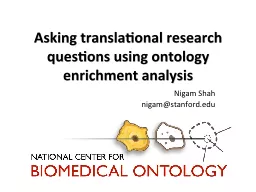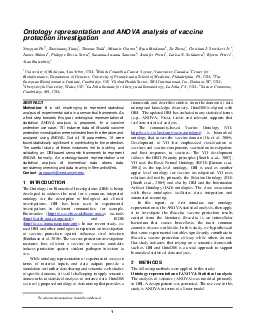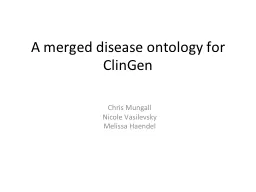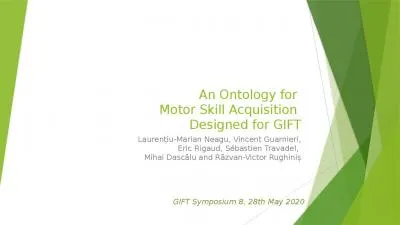PPT-Advanced Topics in Biomedical Ontology
Author : BlueEyedBeauty | Published Date : 2022-08-01
PHI 637 SEM BMI 708 SEM Werner Ceusters and Barry Smith Lecture 6 Werner Ceusters Using Referent Tracking for building ontologies Classes Aug 31 Systems and techniques
Presentation Embed Code
Download Presentation
Download Presentation The PPT/PDF document "Advanced Topics in Biomedical Ontology" is the property of its rightful owner. Permission is granted to download and print the materials on this website for personal, non-commercial use only, and to display it on your personal computer provided you do not modify the materials and that you retain all copyright notices contained in the materials. By downloading content from our website, you accept the terms of this agreement.
Advanced Topics in Biomedical Ontology: Transcript
Download Rules Of Document
"Advanced Topics in Biomedical Ontology"The content belongs to its owner. You may download and print it for personal use, without modification, and keep all copyright notices. By downloading, you agree to these terms.
Related Documents

